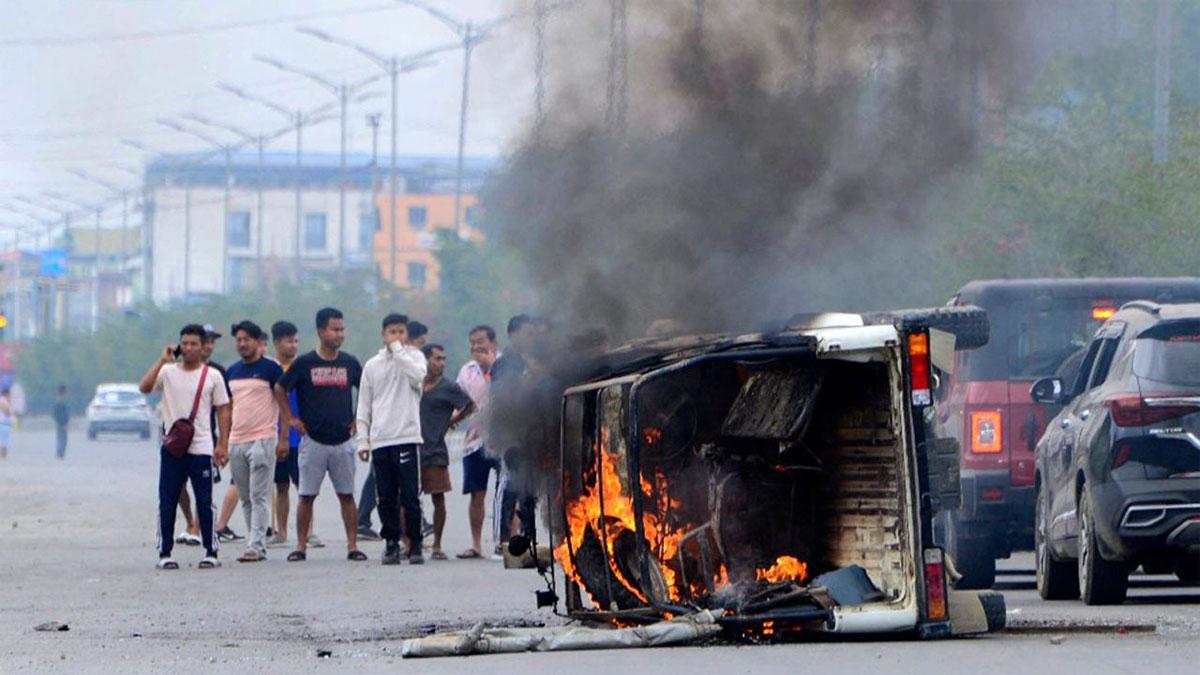Africa-Press – Mauritius. On 3rd May violent riots broke out in the northeast Indian state of Manipur, bordering Myanmar (former Burma), in what to outsiders was a relatively quiescent, mountainous state of 3.5 million, mostly tribal and we have since been fed continuous coverage both of some shocking episodes, a BJP-run state lethargic reaction to stem such violence and a raucous storm from Opposition forces in New Delhi Parliament, demanding a full debate and querying PM Modi’s stance.
It would seem that several fault lines that were always simmering between different ethnicities had suddenly erupted through the impact of separate measures that affected minority, generally poorer hill tribes in a predominantly Meiti-run state and policing authorities.
Valley-dwelling Meitis form 53% of the total population and occupy 10% of the lands. Hill tribals Nagas and Kukis constitute some 40% of the population and control 90% of the hilly and mountainous regions, with remote access and minimal facilities, but to which they are deeply attached.
The Central government is reported to have acted swiftly. On 4th May, the Central government, invoking Article 355 of the Constitution, took over the security situation of Manipur and almost immediately deployed 10,000 army, para-military and airlifted 5 companies of the Rapid Action Force to the region.
By 5 May, about 20,000 Kuki and other hill people had been relocated to safer locations under military supervision. As of 14 May, the total military build-up in Manipur stood at 126 army columns and 62 companies of paramilitary forces.
An internet blackout and curfew was imposed to avoid disinformation-fuelled violence (such as reports of shocking women molestations), yet episodic violence and mobs continued for a while and Manipur is still simmering in an uneasy truce, despite a visit by Home Minister Amit Shah and his as yet unsuccessful attempt to stage a multi-tribal peace forum.
By 25th May the United Nations High Commissioner for Human Rights Volker Turk had issued a statement that the violence in Manipur “revealed the underlying tensions between different ethnic and indigenous groups”, urging the authorities to “respond to the situation quickly, including by investigating and addressing root causes of the violence in line with their international human rights obligations”.
There did not seem a manifest lack of vigorous action by the Central Government to stem the horrors and violence but clearly there was some ground to be mystified why the reasons for rising discontent of hills tribes were not picked up earlier and prevented from degenerating into outright violence.
The root factors and their combined impact are now generally known and have to be addressed by New Delhi working closely with the BJP-run state government.
For More News And Analysis About Mauritius Follow Africa-Press







